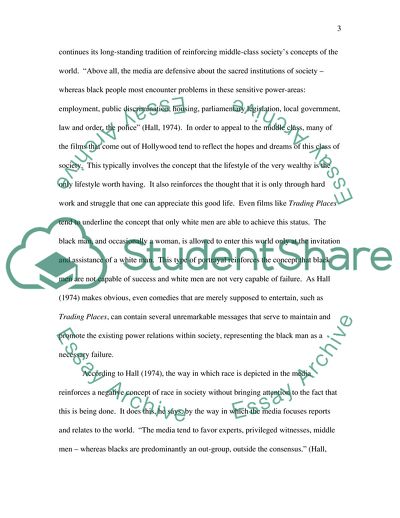Cite this document
(The Representation of Race in Eddie Murphy and Dan Ackroyd's Film Trad Movie Review, n.d.)
The Representation of Race in Eddie Murphy and Dan Ackroyd's Film Trad Movie Review. Retrieved from https://studentshare.org/visual-arts-film-studies/1704056-explore-the-representation-of-race-in-one-contemporary-media-text
The Representation of Race in Eddie Murphy and Dan Ackroyd's Film Trad Movie Review. Retrieved from https://studentshare.org/visual-arts-film-studies/1704056-explore-the-representation-of-race-in-one-contemporary-media-text
(The Representation of Race in Eddie Murphy and Dan Ackroyd'S Film Trad Movie Review)
The Representation of Race in Eddie Murphy and Dan Ackroyd'S Film Trad Movie Review. https://studentshare.org/visual-arts-film-studies/1704056-explore-the-representation-of-race-in-one-contemporary-media-text.
The Representation of Race in Eddie Murphy and Dan Ackroyd'S Film Trad Movie Review. https://studentshare.org/visual-arts-film-studies/1704056-explore-the-representation-of-race-in-one-contemporary-media-text.
“The Representation of Race in Eddie Murphy and Dan Ackroyd'S Film Trad Movie Review”. https://studentshare.org/visual-arts-film-studies/1704056-explore-the-representation-of-race-in-one-contemporary-media-text.


